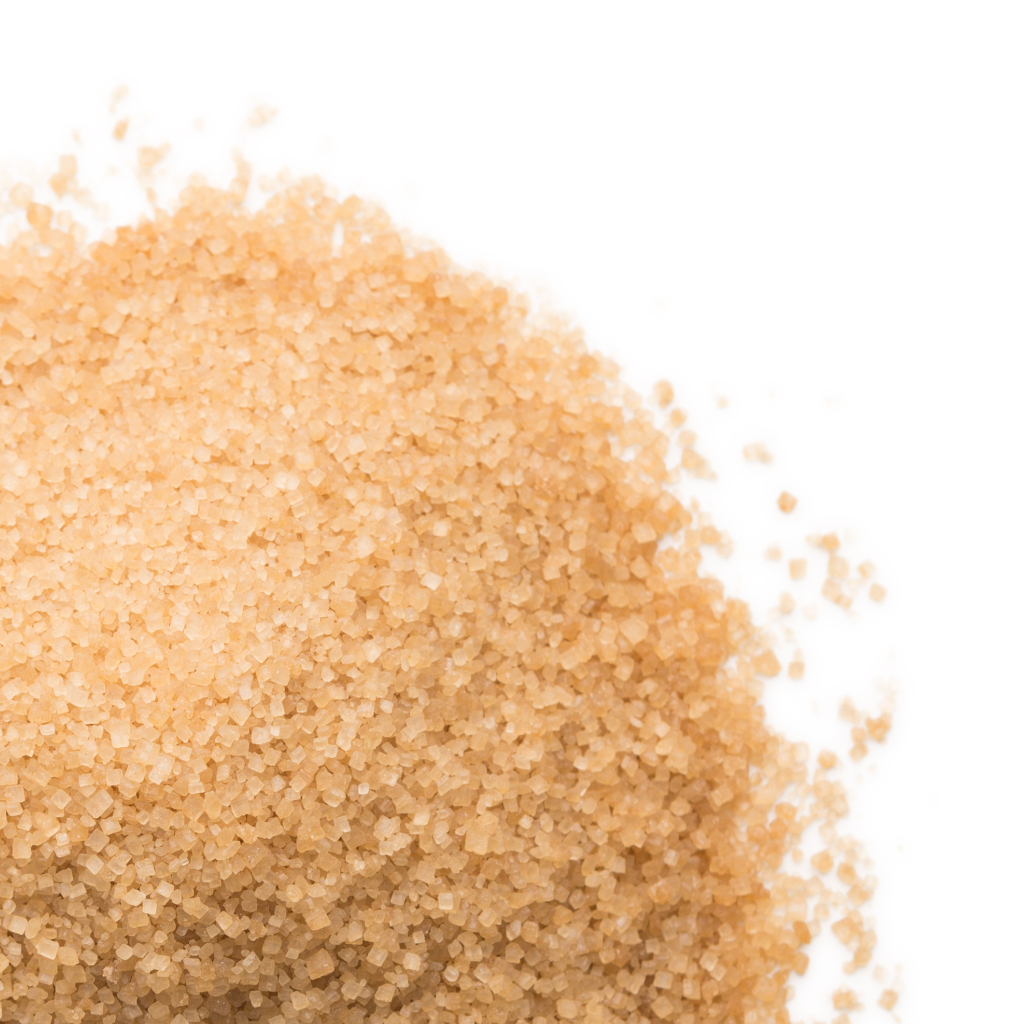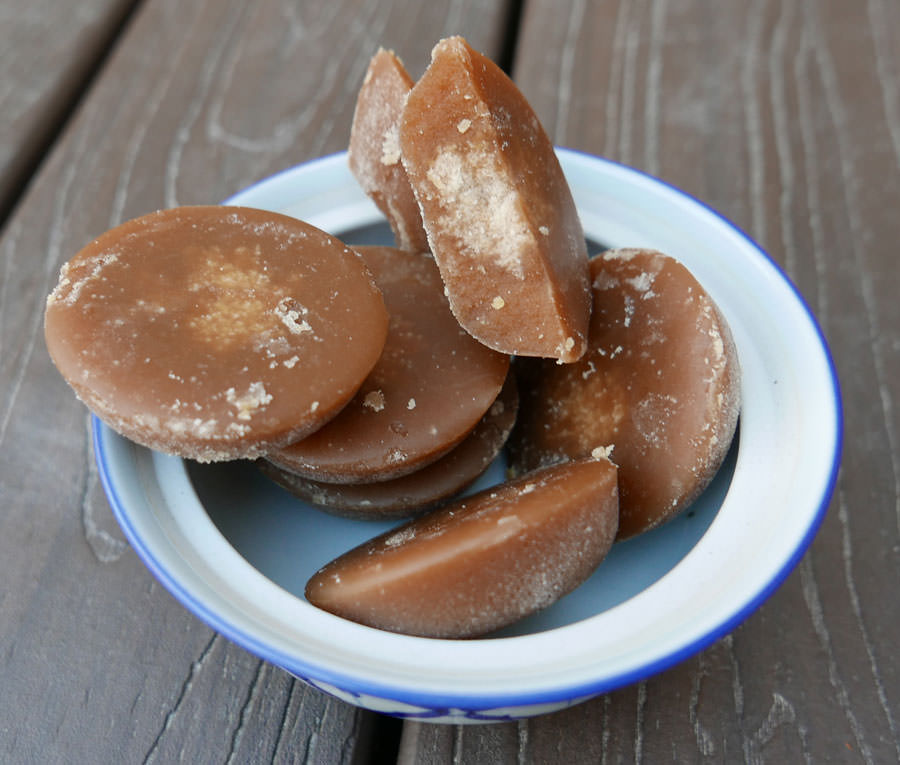Cane Sugar Processing: Secret Technologies for Superior Sugar Production
Cane Sugar Processing: Secret Technologies for Superior Sugar Production
Blog Article
A Thorough Overview to the Environmental Influence and Sustainability Practices in Walking Stick Sugar Processing
The ecological influence of walking stick sugar handling offers an intricate array of difficulties that warrant mindful evaluation. From soil destruction and extreme water use to the carbon impact related to cultivation and production, the effects of standard methods are significant. In comparison, the adoption of ingenious sustainability actions uses a path towards a lot more accountable manufacturing approaches. Recognizing the interaction between these issues is essential for stakeholders in the market. What details techniques can be implemented to strike an equilibrium in between performance and environmental stewardship? The solutions depend on a more detailed look at both the difficulties and potential services.
Review of Walking Stick Sugar Handling
Walking stick sugar handling entails a series of systematic actions that change sugarcane into refined sugar. Originally, harvested sugarcane is carried to refining facilities, where it undertakes cleaning up to eliminate soil and particles. Following this, the walking stick is crushed to remove juice, which is after that clarified by removing impurities via home heating and the enhancement of lime.
The clarified juice undergoes evaporation, where water is removed to concentrate the sugar web content. This focused syrup is after that taken shape via cooling, permitting sugar crystals to form. These crystals are divided from the continuing to be syrup making use of centrifugation, leading to raw sugar. To accomplish polished sugar, the raw product goes through more filtration processes, which may include cleaning and filtering system to eliminate staying impurities and shade.
The final item is then dried out and packaged for distribution. Throughout this entire process, keeping effectiveness and high quality control is vital to ensure the sugar meets sector criteria. Each action in cane sugar handling not only contributes to the final product yet additionally has ramifications for source usage and waste generation, setting the stage for conversations on sustainability and ecological effects connected with sugar manufacturing.
Ecological Challenges of Manufacturing
The manufacturing of cane sugar provides several considerable environmental obstacles that warrant attention. One primary issue is the comprehensive use agrochemicals, including pesticides and plant foods, which can lead to dirt destruction, biodiversity loss, and contamination of regional water resources. The drainage from sugarcane areas usually brings these chemicals into nearby ecological communities, interfering with aquatic life and affecting the wellness of communities reliant on these water bodies.
Another difficulty is the high energy intake connected with sugarcane processing. The boiling and refining stages need substantial warm, largely produced by shedding nonrenewable fuel sources, adding to greenhouse gas emissions. In addition, the large land location needed for sugarcane growing can result in deforestation and environment devastation, additional aggravating climate modification and threatening wild animals.
Furthermore, the labor techniques in some areas elevate honest worries, as workers might face poor working conditions and insufficient wages. This scenario often perpetuates a cycle of poverty in neighborhood areas. Cane Sugar Processing. Attending to these ecological obstacles is essential for establishing a lot more sustainable methods in cane sugar manufacturing, inevitably benefiting both the atmosphere and the communities included in this industry
Water and Land Usage Effect
Water resources and land utilization are important components in the walking stick sugar industry that dramatically affect the atmosphere. The cultivation of sugarcane needs significant water input, with price quotes suggesting that it can take in approximately 2,000 liters of water per kilogram of sugar created. This intensive use water typically results in deficiency of local water resources, influencing not just the sugarcane vineyards however additionally surrounding ecosystems and neighborhoods that rely on the same water resources for farming and domestic usage.

Additionally, land use for sugarcane cultivation can cause deforestation and the conversion of natural habitats into monoculture plantations. This method decreases biodiversity, interrupts local ecosystems, and adds to dirt destruction. The development of sugarcane fields usually intrudes on important farming land, producing competitors for sources in between food and biofuel production.
Lasting practices, such as enhancing irrigation methods and implementing crop rotation, are important to alleviate these impacts. By taking on a lot more effective water use and land monitoring techniques, the walking cane sugar market can lower its eco-friendly footprint, ensuring a balance in between agricultural efficiency and environmental conservation.
Greenhouse Gas Emissions
Greenhouse gas exhausts represent a considerable environmental concern within the walking cane sugar handling industry, especially as farming techniques increase to meet international need. The farming of sugarcane, a crop that grows in tropical climates, counts greatly on artificial plant foods and chemicals, which add to laughing gas exhausts. Additionally, land-use adjustments, including deforestation for new sugarcane ranches, release carbon dioxide saved in plants and soil.
During processing, power consumption is another major resource of greenhouse gas discharges - Cane Sugar Processing. Lots of sugar mills make use of fossil fuels to power equipment and generate heat, resulting in considerable carbon footprints. Furthermore, the transportation of raw sugarcane and finished items Check Out Your URL adds layers of emissions through gas combustion in lorries
The advancing result of these emissions intensifies climate change, positioning dangers not only to the environment however likewise to the long-lasting viability of the market. Stakeholders should identify the urgent demand for thorough methods that resolve these exhausts. This includes reviewing present agricultural methods, refining techniques, and transportation systems to recognize areas for improvement and reduction. Addressing greenhouse gas emissions is vital for promoting an extra lasting cane sugar sector in a transforming environment.

Sustainable Practices and Innovations
Lasting practices and technologies are increasingly crucial in the walking stick sugar processing market as stakeholders seek to lower environmental impacts while maintaining productivity. One significant innovation is the application of incorporated plant monitoring, which maximizes resource use by incorporating soil management, bug control, and plant rotation strategies. This method boosts return while minimizing chemical inputs and preserving soil wellness.
Moreover, the fostering of renewable energy sources, such as biomass from sugarcane deposits, has acquired grip - Cane Sugar Processing. By converting waste items right into power, processing centers can minimize their reliance on nonrenewable fuel sources, consequently lowering greenhouse gas exhausts
Water monitoring practices have actually likewise seen renovations via the recycling and reusing of water in handling plants, substantially reducing freshwater intake. Innovations in modern technology, such over here as accuracy farming, make it possible for farmers to monitor plant health and wellness and source use more successfully, ensuring lasting farming techniques.
In addition, qualification programs like Fair Profession and Rainforest Partnership motivate environmentally accountable farming techniques and promote social equity within the supply chain. By accepting these sustainable techniques and advancements, the walking cane sugar processing sector can boost its durability and contribute positively to environmental stewardship.
Conclusion
The environmental impact of walking cane sugar handling provides significant challenges, consisting of dirt deterioration, high water usage, and greenhouse gas emissions, alongside honest issues associated to labor techniques. Dealing with these issues via lasting practices, such as incorporated plant administration, eco-friendly energy fostering, and water recycling, is essential. By advertising socially equitable and ecologically liable techniques in sugar production, the industry can mitigate its adverse results, guaranteeing an extra sustainable future for both areas and communities involved in this industry.
Walking cane sugar processing entails a series of systematic steps that transform sugarcane right into polished sugar. Each step in walking cane sugar processing not just adds to the final item but additionally has ramifications for resource usage and waste generation, setting the stage for conversations on sustainability and ecological impacts linked with sugar manufacturing.
Greenhouse gas emissions stand for a substantial ecological concern within the walking stick sugar processing sector, specifically as agricultural techniques expand to fulfill worldwide demand.Sustainable techniques and innovations are increasingly crucial in the walking stick sugar handling industry as stakeholders look for to minimize ecological influences while keeping efficiency.The environmental influence of walking stick sugar processing presents significant difficulties, including soil destruction, high water usage, and greenhouse view publisher site gas exhausts, along with ethical issues connected to labor methods.
Report this page